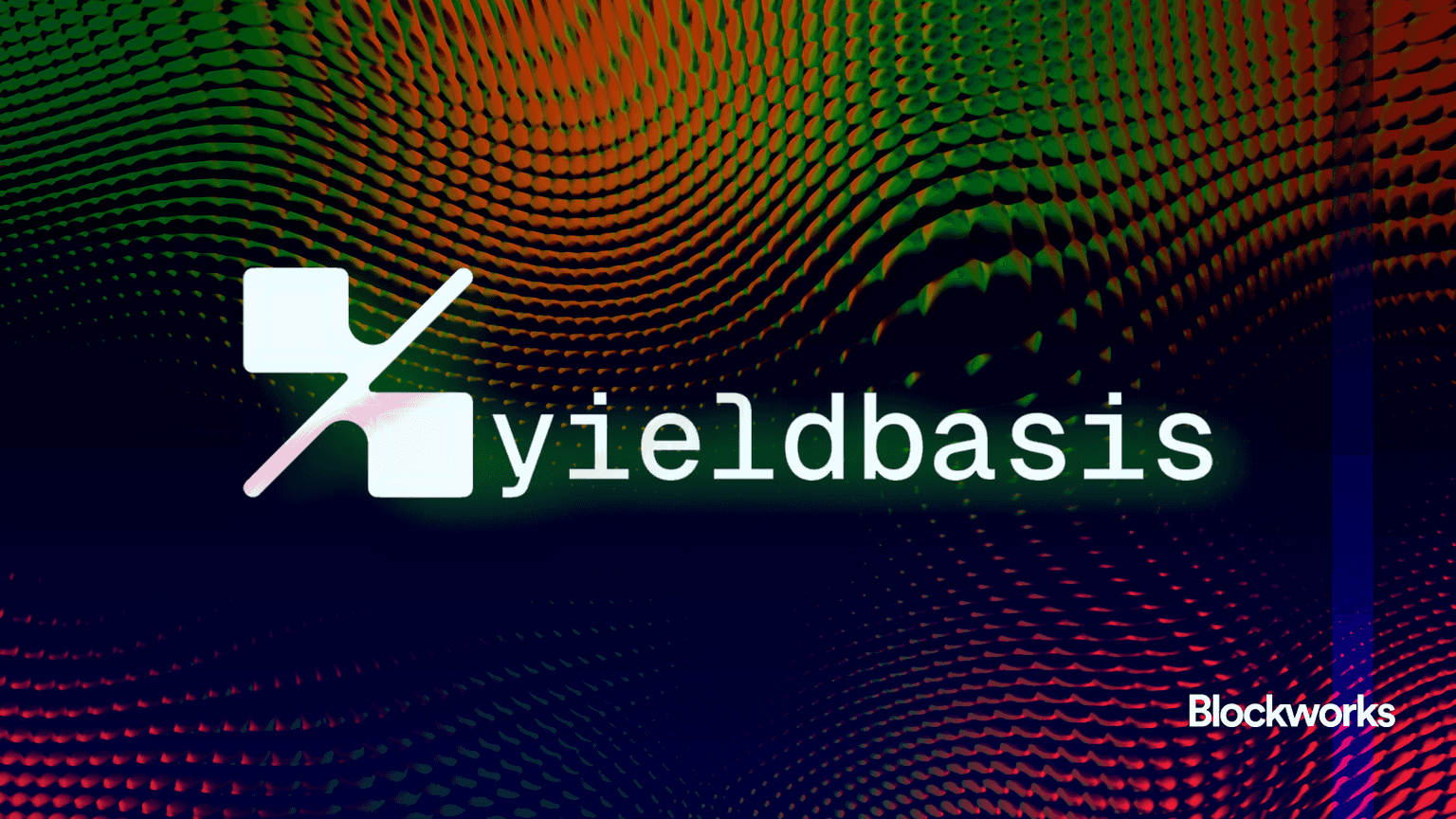Chinese yuan dips on reports government may resort to using old tricks
A strategic currency devaluation does have some historical precedent in China

Dilok Klaisataporn/Shutterstock modified by Blockworks
This is a segment from the Forward Guidance newsletter. To read full editions, subscribe.
The Chinese yuan fell against the US dollar Wednesday morning after Reuters reported Chinese officials may opt to move away from their “stable currency” policy in response to tariffs under President-elect Donald Trump.
The key words here are “stable currency policy.” That’s not to be confused with “stablecoin policy,” which China also has (but that’s a topic for another newsletter). China’s central bank is notorious for its commitments to keep the yuan stable, but a strategic currency devaluation does have some historical precedent.
It’s a tool China used back in 2018 and 2019 during Trump’s first term. Allowing the yuan to lose value against the dollar makes exports less expensive, potentially offsetting the 10% tariff Trump has said he’d impose during his second stint in Washington; but devaluation also poses risks to the local economy. Hypothetically, foreign buyers may be paying less for Chinese goods, but Chinese consumers would be paying more.
The Chinese yuan slid around 0.2% Wednesday, dropping to 7.26 per dollar. Year to date, the yuan has lost 2.4% against the dollar.
The move comes as President Joe Biden plans to increase Section 301 tariffs designed to target China’s cleantech industry during his final weeks in office.
“Many countries, when they’re faced with unilateral actions of that sort, look for ways to retaliate,” US Treasury Secretary Janet Yellen told Bloomberg today when asked about Trump’s broad tariff plans for China. “My guess would be that [China] would do that.”
We’re 40 days out from the inauguration, so this story is just getting started. Keep an eye on your inbox.
Get the news in your inbox. Explore Blockworks newsletters:
- The Breakdown: Decoding crypto and the markets. Daily.
- 0xResearch: Alpha in your inbox. Think like an analyst.






